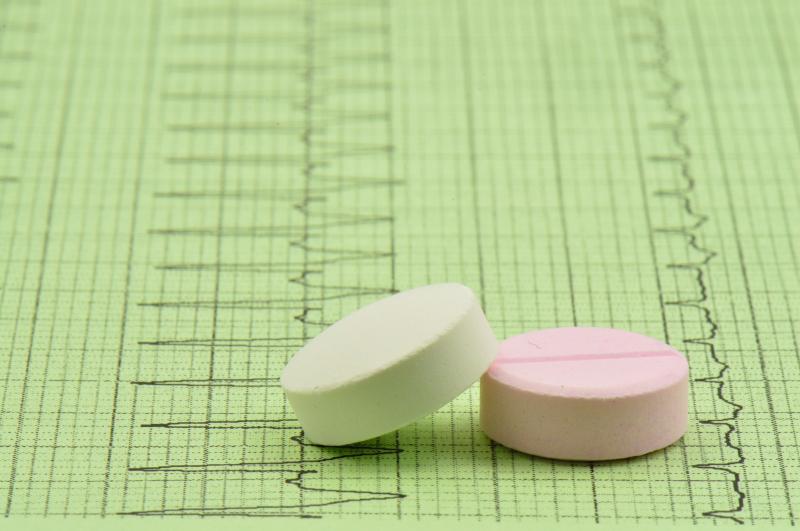
Digoxin remains widely prescribed despite a decreasing trend in its use, according to a US study. Moreover, the rate of hospitalizations for digoxin toxicity and adverse outcomes associated with these hospitalizations have both decreased.
Digoxin prescriptions decreased by 46.4 percent, from 8,099,856 in 2007 to 4,343,735 in 2014. The rate of hospitalizations with a principal or secondary diagnosis of digoxin toxicity decreased from 15 in 1999 to two per 100,000 person-years in 2013 among Medicare fee-for-service beneficiaries.
A significant decrease was also noted in the rates of in-hospital (from 6.0 percent, 95 percent confidence interval [CI], 5.2–6.8 to 3.7 percent, 95 percent CI, 2.2–5.7) and 30-day mortality (from 14.0 percent, 95 percent CI, 13.0–15.2 to 10.1 percent, 95 percent CI, 7.6–13.0) associated with hospitalization for digoxin toxicity.
Between 1999 and 2013, 30-day readmission rates for digoxin toxicity also decreased from 23.5 percent (95 percent CI, 22.1–24.9) to 21.7 percent (95 percent CI, 18.0–25.4; p<0.05).
“These findings reflect the changing clinical practice of digoxin use, aligned with the changes in clinical guidelines,” the investigators said.
A population-level, cohort study was conducted using data from the National Prescription Audit (2007–2014) for patients aged ≥65 years to describe trends in digoxin prescription. The investigators also assessed temporal trends of hospitalizations associated with digoxin toxicity and the outcomes of these hospitalizations between 1999 and 2013 in a national cohort of Medicare fee-for-service beneficiaries aged ≥65 years in the US.